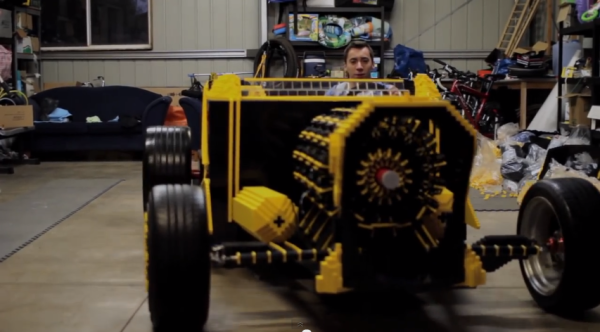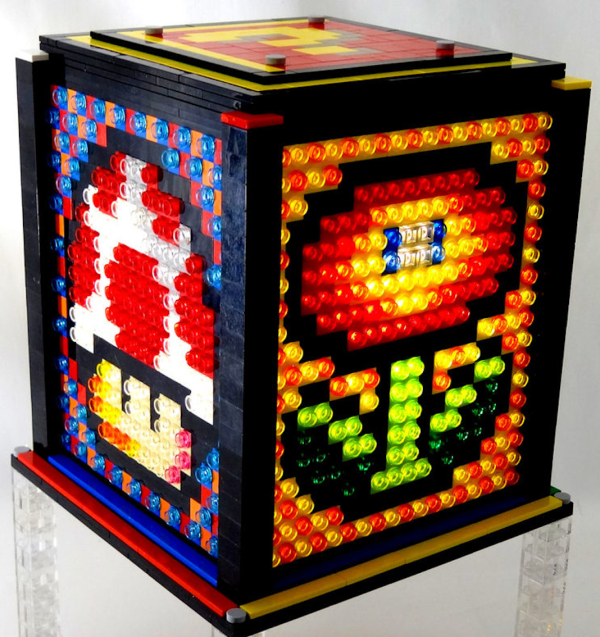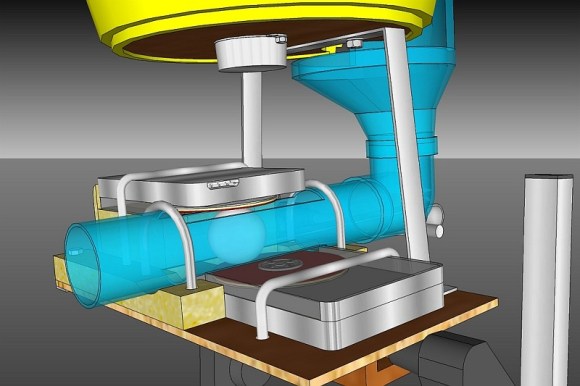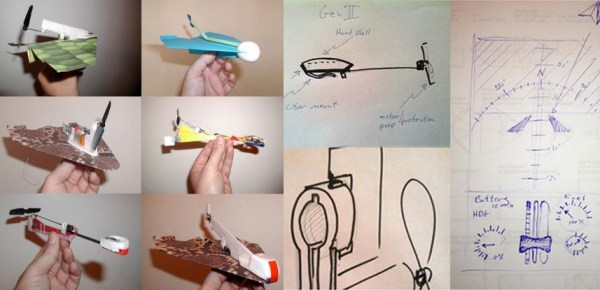[Steve Sammartino] is a Melbourne entrepreneur, and he had an idea: could it be possible to design and make a functional full-size Lego car?
He sent out a single tweet to try to crowd fund the project:
Anyone interested in investing $500-$1000 in a project which is awesome & a world first tweet me. Need about 20 participants… #startup
Not one, not two, but forty Australians pledged money to start this crazy idea dubbed the #SuperAwesomeMicroProject. With the money raised, [Steve] and [Raul Oaida] purchased over 500,000 Lego pieces and began the build in Romania, where [Raul] lives.
Now before you get too excited, the car is not “fully” made out of Lego. It features real tires and some select load bearing elements. That being said, the entire engine is made completely out of Lego. It features four orbital engines utilizing a total of 256 pistons. The top speed they tested it to was about 20-30km/h — it might go faster, but they didn’t want to risk a catastrophic failure.
Since its completion (it took nearly 18 months to build), it’s been shipped back to a secret location in Melbourne, but the team has made an excellent video showcasing the project. Stick around after the break to see your childhood dreams come to life.
















